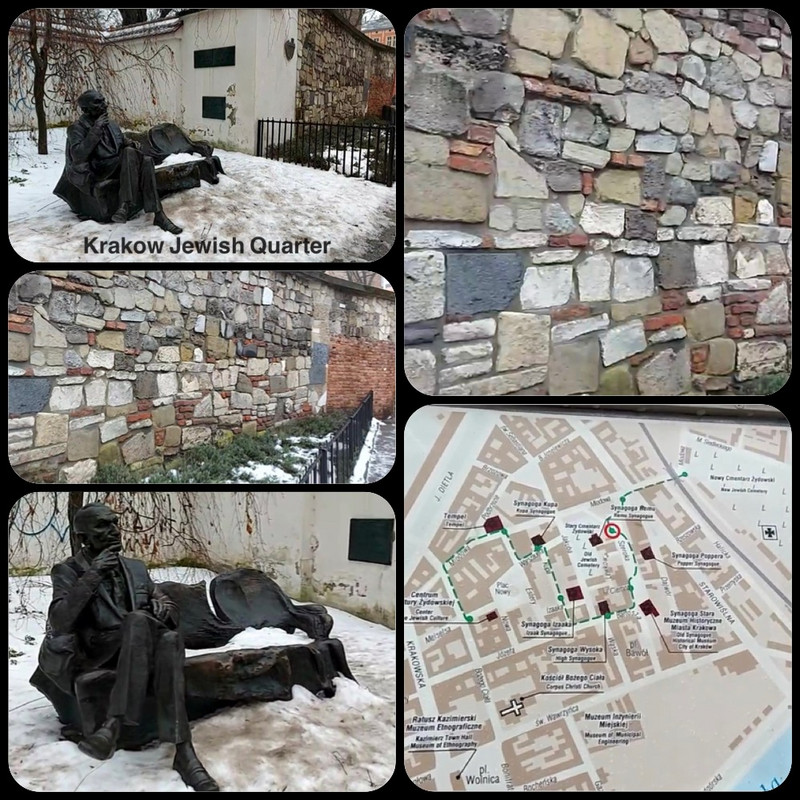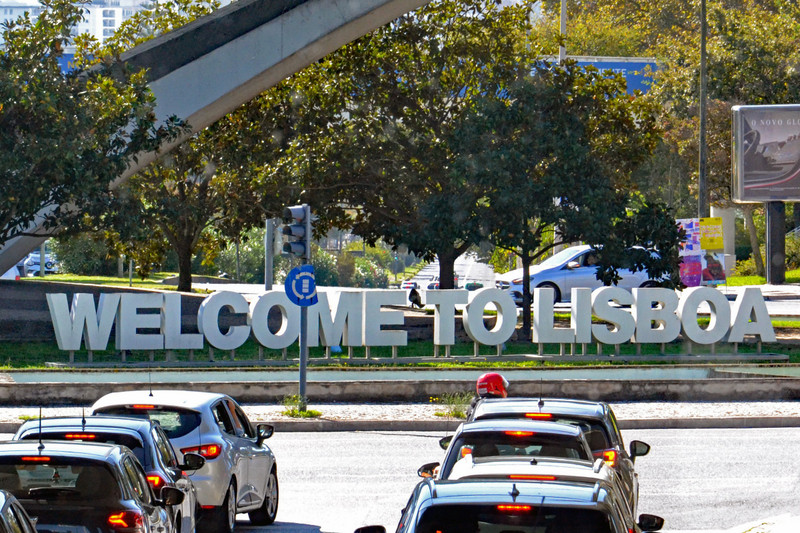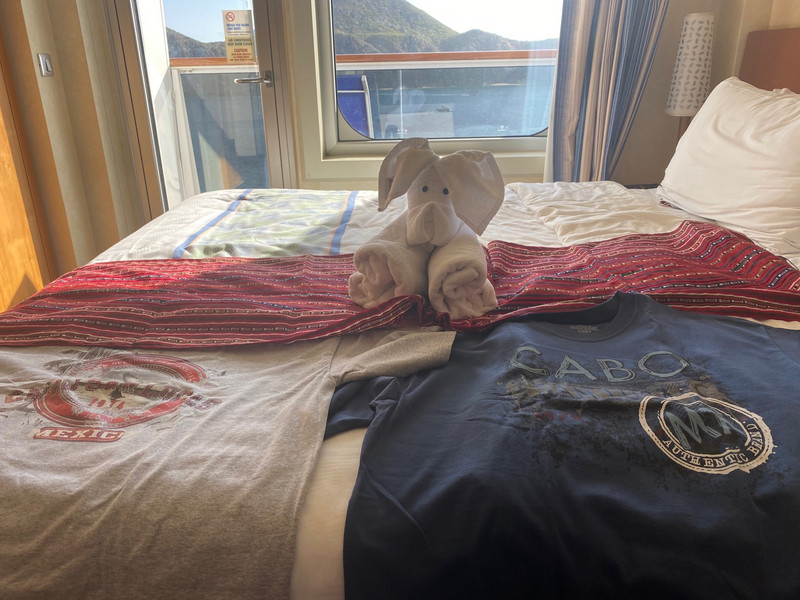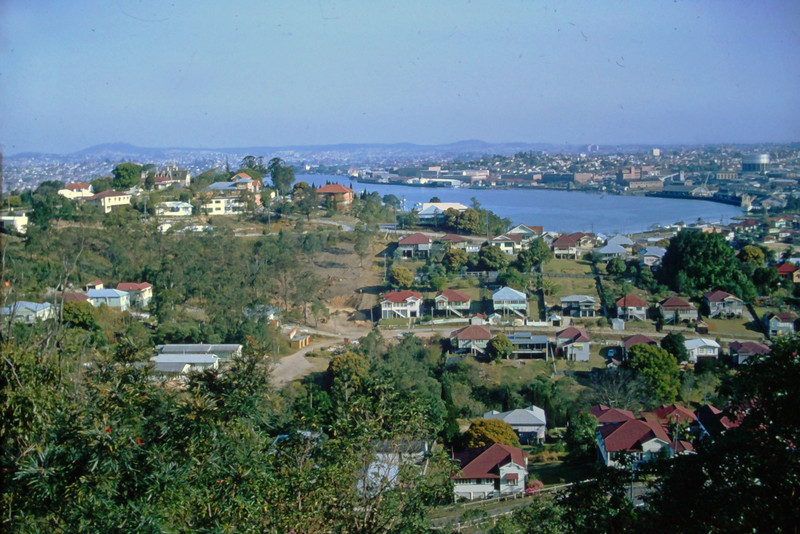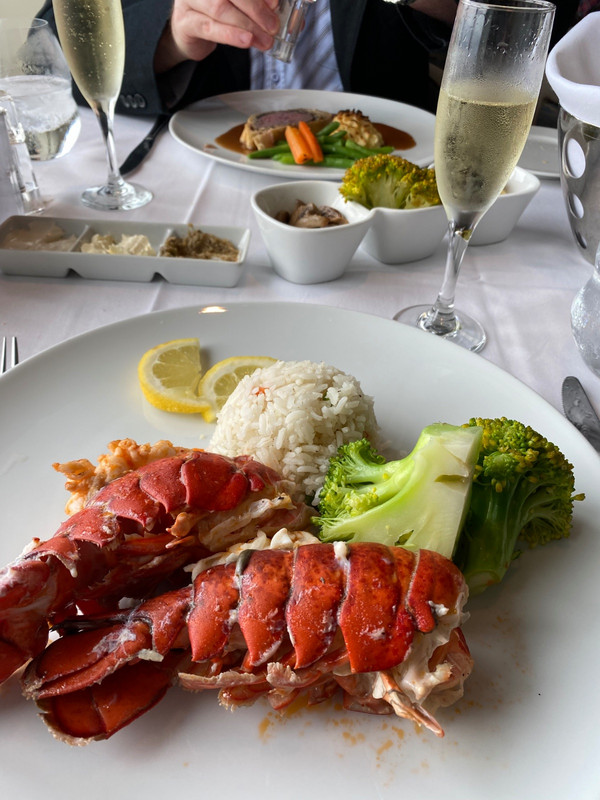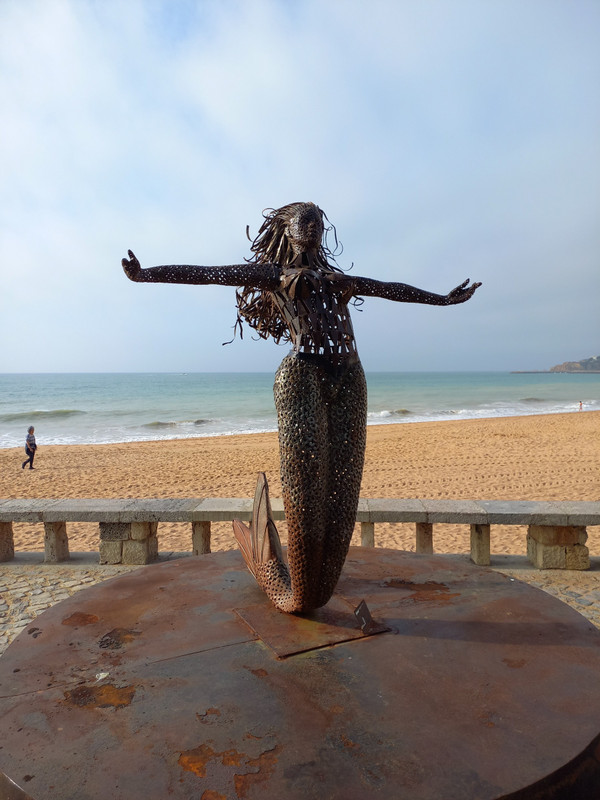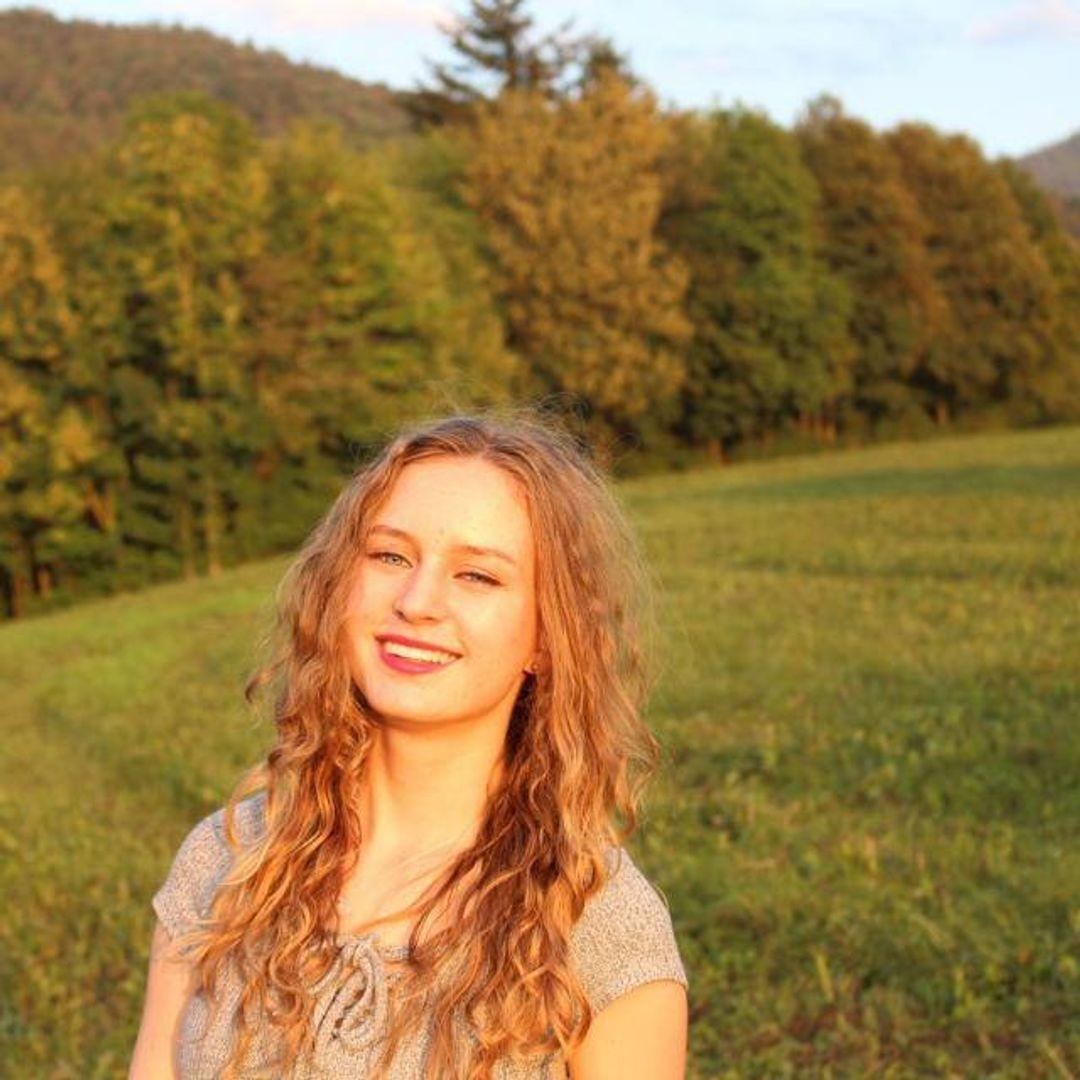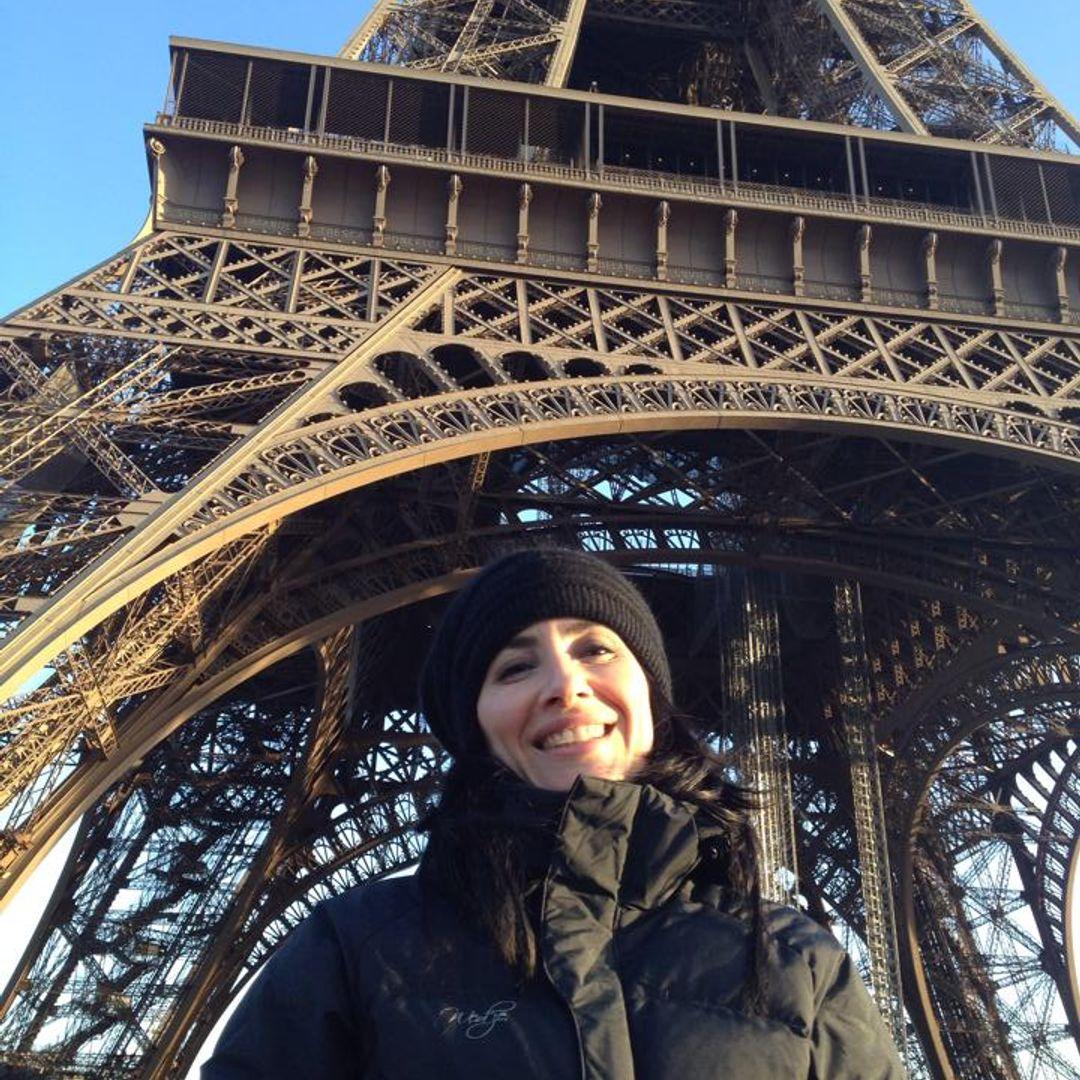Kazimierz – the district south of the Old Tiwn was the centre of Jewish life in Krakw for over 500 years, before it was systematically destroyed during World War II.
In era it became one of Krakws dodgiest districts while gradually falling into disrepair. Rediscovered in the 1990s, thanks to the fall of the regime and worldwide exposure through the lens of Steven Spielberg in the film Schindlers List
Today, our virtual guide Christopher took us around this bohemian neighbourhood packed with historical sites, atmospheric cafes and art galleries, although due to Covid all closed.
At one time there were 19 synagogues in this area now there are 7 active synagogues. It was interesting to hear how the Nazis used some of the synagogues as stables during WW2.
Dating from 1553, Remuh Synagogue is Krakws smallest but most active synagogue. Its unique for the proximity of the Old Jewish Cemetery adjacent to it. In use until 1800, this holy burial ground fell into utter ruin during Nazi occupation with
After the war the cemetery was tidied up with many of the intact tombstones being rearranged in straight rows, and fragments of those which could not be restored used to create a wailing wall.
Alongside this wall a memorial of Jan Karski, A member of the Polish underground army, known to the history books as the man who tried to stop the Holocaust. .
During World War II, Karski smuggled himself into the Warsaw Ghetto & the Nazi concentration camps with the express intent of witnessing and recording the horror being perpetrated against the Jews, in order to report it to the West.
In 1942 he successfully escaped Europe & met with Foreign Secretary Antony Eden & President Franklin Roosevelt, unfortunately Karskis report largely fell on deaf ears. But in 1944 he published a memoir of his mission titled My Report to the World.
He lived out his life in the US, teaching at Georgetown University for 40 years receiving many honours.
courtyard and nestled between the streets Jewish restaurants. Built in 1620 by wealthy Jewish merchant Wolf Popper, the building was devastated during WWII, none of its interiors survived.
Now a Hotel, we saw the birthplace of Helena Rubinstein. By merging the worlds of science and beauty, Helena Rubinstein revolutionised the cosmetics industry and built an empire in the process.
A mural installed in 2015 outside Pub Wregg features 5 portraits of Polish historical figures including Helena Rubinstein,
Unusually quiet today was Plac Nowy (New Square) Incorporated into the Jewish quarter in the late 17th century, Plac Nowy didnt really begin assuming its shape until the early 19th century, with its central landmark, the rotunda added as late as 1900.
We finished our tour in the small courtyard, the location in the Spielberg film where Mrs. Dresner hides under the stairs of the courtyard to escape the Nazis, since there is no place in the secret room in which her daughter can find a place.
